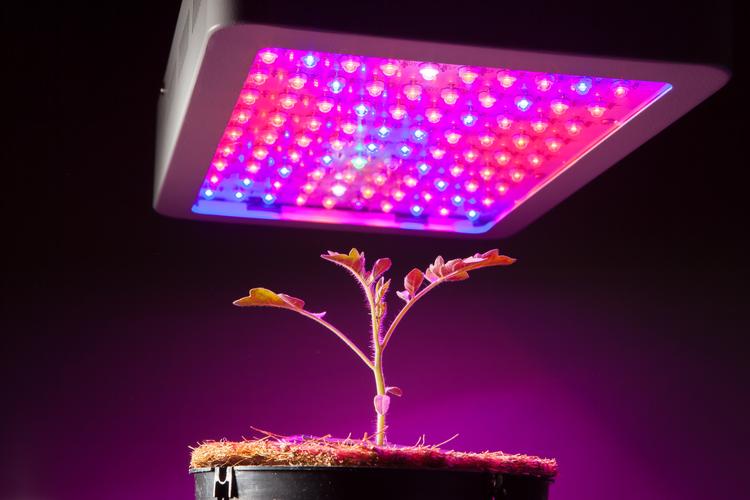Moving and controllable sun-LED lights
Release time:
2024-11-14 14:48
Source:
Moving and controllable sun-LED lights
The application of LED lights in the field of plant lighting is gradually becoming the mainstream, which is mainly due to the advantages of LED lights, such as high luminous efficiency, low heat generation, small size and long life. LED plant lighting can meet the growth needs of different plants, improve crop yield and quality through precise control of spectrum, light intensity and photoperiod, while reducing energy consumption and fertilizer use.
In plant science research, LED plant lights can be used to simulate specific light conditions and study the response of plants to photoperiod, light intensity and spectrum. This has important implications for understanding plant growth mechanisms and developing new crop varieties.
When choosing an LED plant light, consider the specific needs of the plant, including the required spectral composition, light intensity and light cycle. Different plant species and growth stages may require different light conditions. By optimizing these parameters, LED plant lights can significantly improve the growth rate and yield of plants.
Example 1: Home gardening
In home gardening, LED plant lights can be installed in plant growth racks or indoor gardens to provide the necessary light for plants. For example, the combination of blue and red LED lights can promote photosynthesis and chlorophyll synthesis of plants and accelerate plant growth.
Example 2: Commercial Greenhouse
In commercial greenhouses, LED plant lights can be used to control the growth cycle of plants and improve crop yield and quality. By precisely controlling the light intensity and spectrum, the growth environment of plants can be optimized to achieve production without seasonal restrictions throughout the year.

Example 3: Vertical Farming
Vertical farms use LED plant lights to grow efficiently in a limited space. Due to the compactness and low energy consumption of LED lights, they are very suitable for urban agriculture and indoor vertical planting systems.
Advantages of LED lights in plant lighting:
- High light efficiency and low energy consumption: LED plant lights have higher light efficiency than traditional plant growth, and can convert more electric energy into light energy, thereby reducing energy consumption.
- Long life: The service life of LED lights is much longer than that of traditional light sources, reducing the frequency of replacement and maintenance costs.
- Directed spectral output: LED plant lights can be customized with specific spectral combinations to match the needs of plant photosynthesis and photomorphogenesis, thereby optimizing plant growth conditions.
- Low heat: LED lights generate less heat, which helps maintain a stable plant growth environment and reduces cooling requirements.
- High space utilization: Due to the small size of LED lights and low heat generation, they can be arranged more compactly and are suitable for multi-layer cultivation systems.
Other Content









